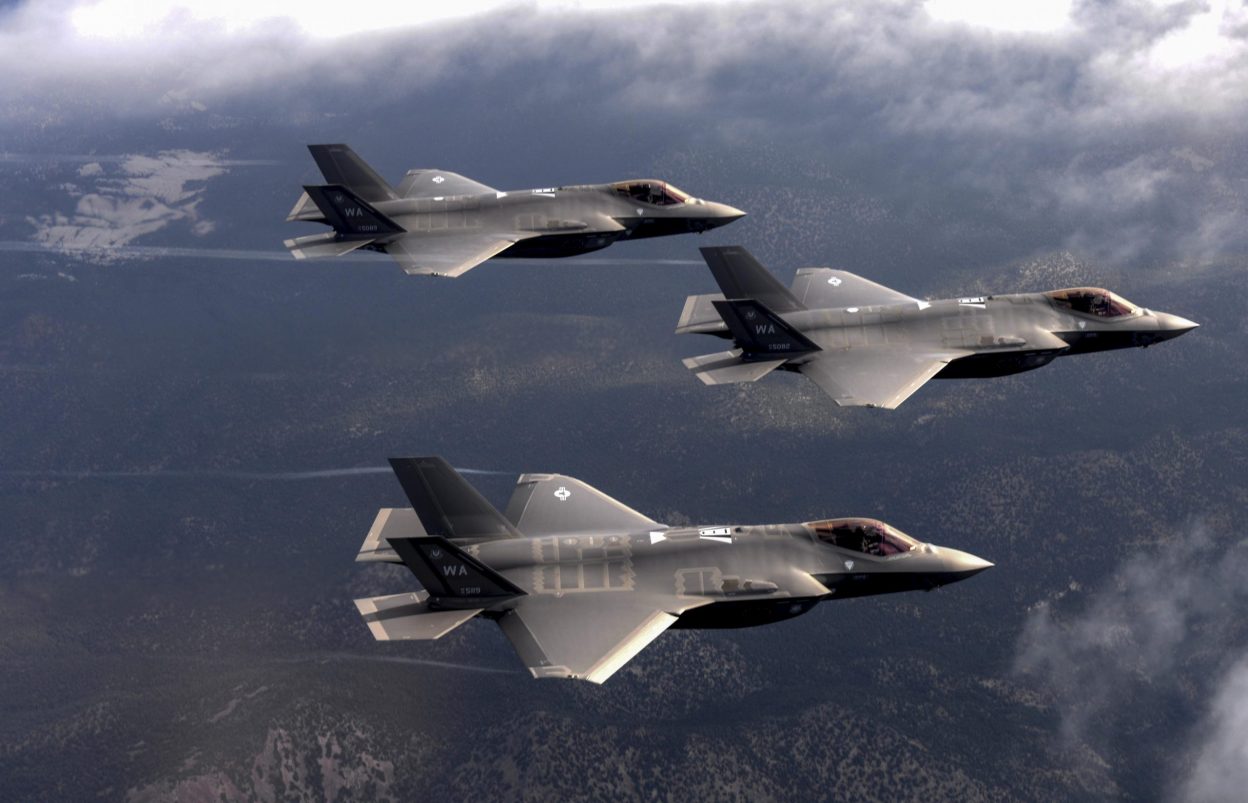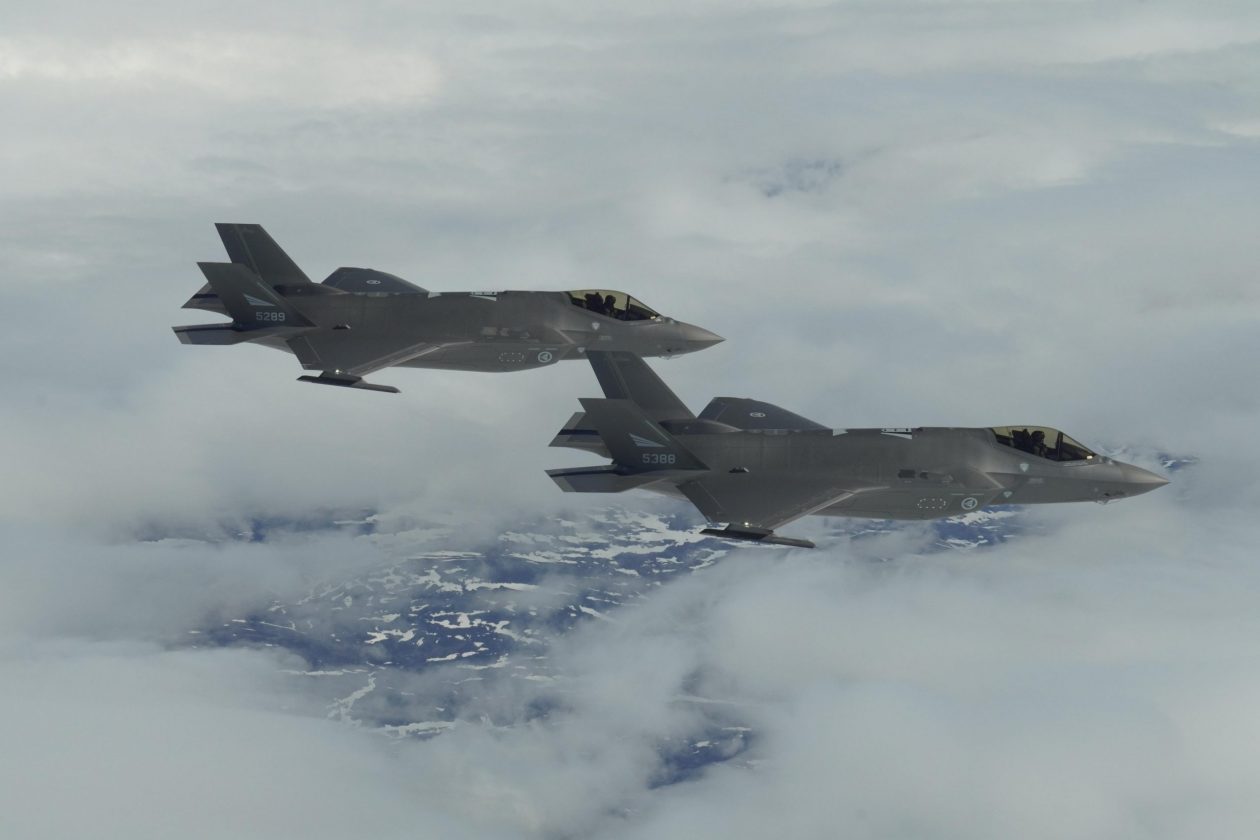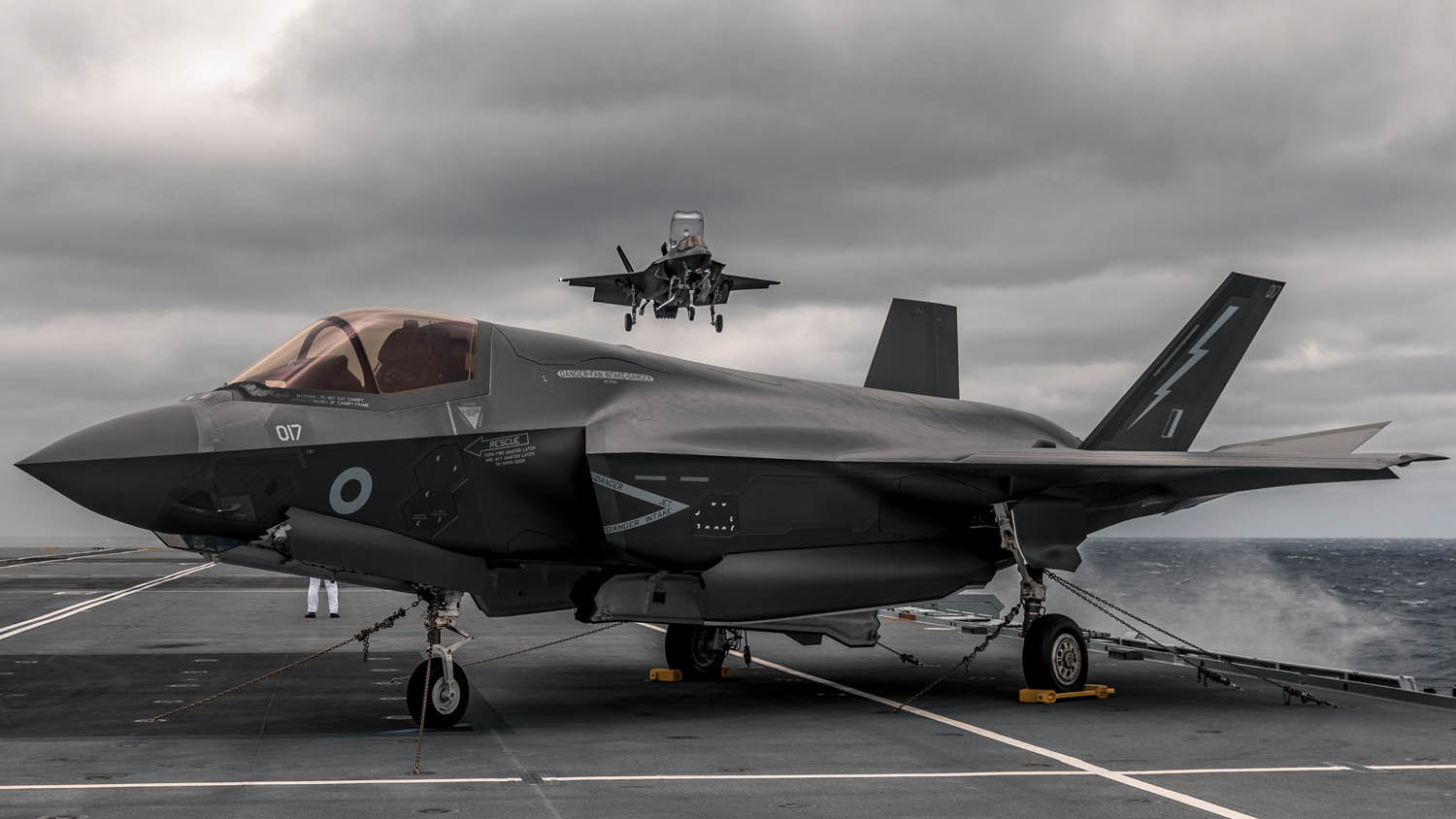The Thai Government has approved the plan of the Royal Thai Air Force (RTAF) to procure new fighter aircraft to replace its aging fleet of Lockheed Martin F-16A/B Fighting Falcons.
An air force spokesperson said on Wednesday that the cabinet has approved a proposal to acquire four fighter planes starting in the next fiscal year, with a budget of 13.8 billion baht (USD415 million) set aside for the purchase.
The decision comes after the air force chief, Air Chief Marshal Napadej Dhupatemiya, expressed interest in purchasing eight F-35 fighter planes from Lockheed Martin Corp. of the United States.
Air Force spokesperson Air Vice Marshal Prapas Sornchaidee told reporters that the government has approved a budget for a four-year period beginning in the fiscal year 2023 to replace some of the country’s older F-16 warplanes.
The Thai Air Force currently operates 12 Swedish JAS-39 Gripen fighter planes and dozens of American F-16 and F-5 fighter jets. The type of aircraft to be purchased, according to AVM Prapas, will be determined by two committees tasked with examining the suitability of various aircraft.

“The air force will next lay out its procurement plan and be willing to answer all questions that may be raised over the project,” AVM Prapas said. He emphasized that no decision on whether the fighter planes to be acquired would be F-35s have been made yet. The two committees tasked with determining which fighter type is most suited for Thailand’s acquisition strategy are still working on their assessments.
According to the spokesperson, ACM Thanasak Metanan, a deputy air force chief who is believed to be a strong contender for the air force’s top post in the future, leads the first committee, while ACM Phanphakdi Phatthanakun leads the second.
The action would be in line with the Air Force’s strengthened policy for defending the Country in the face of rising regional tensions. Thailand currently has two squadrons of 35-year-old F-16s based in the provinces of Nakhon Ratchasima and Nakhon Sawan.

Previous Development
Air Force Chief ACM Napadej Dhupatemiya had previously indicated significant interest in the F-35 stealth fighter planes manufactured in the United States.
ACM Napadej said last month that F-35 fighter jets, built by US defense firm Lockheed Martin, would be the best option because their individual prices had dropped significantly. The first F-35A cost $221 million in 2007 but as production quantities and technological know-how increased, the price fell to about $79 million.
The Royal Thai Air Force (RTAF) commander-in-chief ACM Napadej Dhupatemiya then said that the force required new fighters since the F-5 and F-16 had been in service for almost three decades, resulting in greater maintenance costs and safety issues.
The force had also expressed an interest in contemporary air operations, notably the Loyal Wingman unmanned aerial vehicle (UAV), which was developed in collaboration between the Australian Air Force and Boeing. He previously stated that the Air Force did not need a whole fleet of F-35 fighters. They may only be able to fly eight to twelve jets at a time, with drones flying alongside the manned aircraft.
The Thai Air Force, according to Napadej, is not merely buying new weapons; it is also ensuring the safety of the people and the country. Due to budget limitations caused by the pandemic, the air force intends to procure the aircraft in phases.

F-35 Joint Strike Fighter
The US F-35 stealthy, supersonic multi-role combat aircraft is the most sought-after stealthy, supersonic multi-role combat aircraft designed to execute both air superiority and strike missions. It is being developed by Lockheed Martin in collaboration with the US Air Force, Navy, and Marine Corps, as well as program partners from NATO and US allies.
The fighter was designated the F-35 Lightning II in July 2006. The Joint Strike Fighter has three variants: F-35A, a conventional take-off and landing aircraft (CTOL); F-35B, short take-off and vertical landing (STOVL); and F-35C, a carrier variant (CV).
Two parallel bays are positioned in front of the landing gear and are used to store weapons. Each weapons compartment has two hardpoints that may be used to carry a variety of bombs and missiles. The advanced electronically scanned array (AESA) AN/APG-81 multi-function radar was developed by Northrop Grumman Electronic Systems. The AN/APG-81AESA is a multifunction array with an integrated radio frequency subsystem.

The JSF electro-optical system is a cooperative effort between Lockheed Martin Missile & Fire Control and Northrop Grumman Electronic Sensors and Systems. Along with the Northrop Grumman DAS (distributed aperture system) thermal imaging system, Lockheed Martin’s electro-optical targeting system (EOTS) enables long-range detection and precise aiming.
The wingbox section combines the wing and fuselage sections into one piece to save structural weight and assembly complexity. Sweep angles for the leading and trailing edges of the wing and tail are comparable to reduce radar signature.
The sides of the fuselage and canopy are angled. The canopy and weapon bay doors have a sawtoothed seam, and the vertical tails are canted at an angle.
- Contact the author at ashishmichel@gmail.com
- Follow EurAsian Times on Google News




